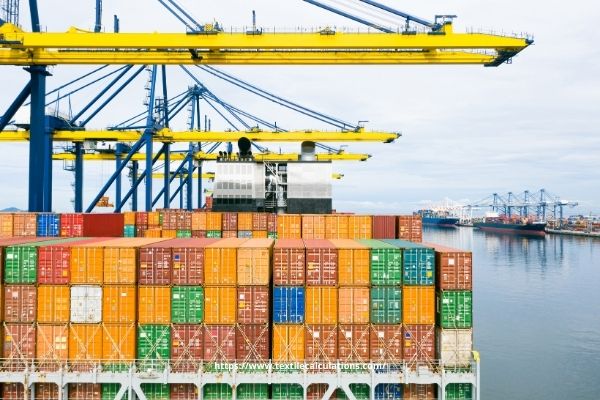Sea Freight:
Sea freight is usually charged based on volume as to how much per CBM (cubic meter), very rarely by weight as “density cargo”. Here, CBM calculation method under LCL Sea Shipment will briefly be discussed.
In fact, ANERA (Asia North America eastbound rate agreement) has designed the freight tariff more based on the usual value of the type of goods, than the usual weight of them, taking into consideration that for low-value merchandise they should give a low freight rate in order to make it possible for the importers to buy goods overseas. However, for high-value merchandise, they should charge a high freight rate, as it is believed that the buyer can afford to pay more on freight. They have designed the freight tariff in such a way that everybody can do business and there is sufficient profit for the shipping lines.
CBM Calculation Method Under LCL Sea Shipment

- FCL: Full Container Loading
- LCL: Loose Container Loading
If we ship very heavy goods as loose cargo because the size of the shipment is very small, the shipping lines will charge by weight or by volume whichever is higher.
CBM calculation method for 1 carton = Length (in m) × Width (in m) × Height (in m)
Suppose,
Carton Length-0.65m
Carton width- 0.4m
Carton Height- 0.2m
Here,
CBM calculation for 1 carton is = (0.65 × 0.4 × 0.2) m3
= 0.052 m3
Calculating the volume of cargo is a common subject for all exporters and other shipping-related companies. If cargo is Full Container Load (FCL), the freight charge is for full container load basis. But if the cargo is a Less Container Load (LCL), normally a freight forwarder charges freight on the basis of the volume of cargo. A freight forwarder charges freight on the basis of CBM.
You may like also: Carton Measurement for Exporting Garment
Author of this Article: Mayedul Islam Merchandiser at Fashion Xpress Buying House. Badda, Dhaka, Bangladesh. Email: [email protected]


very good post thanks for sharing……
I agree with your post! This is one of the most wonderful articles According to me.